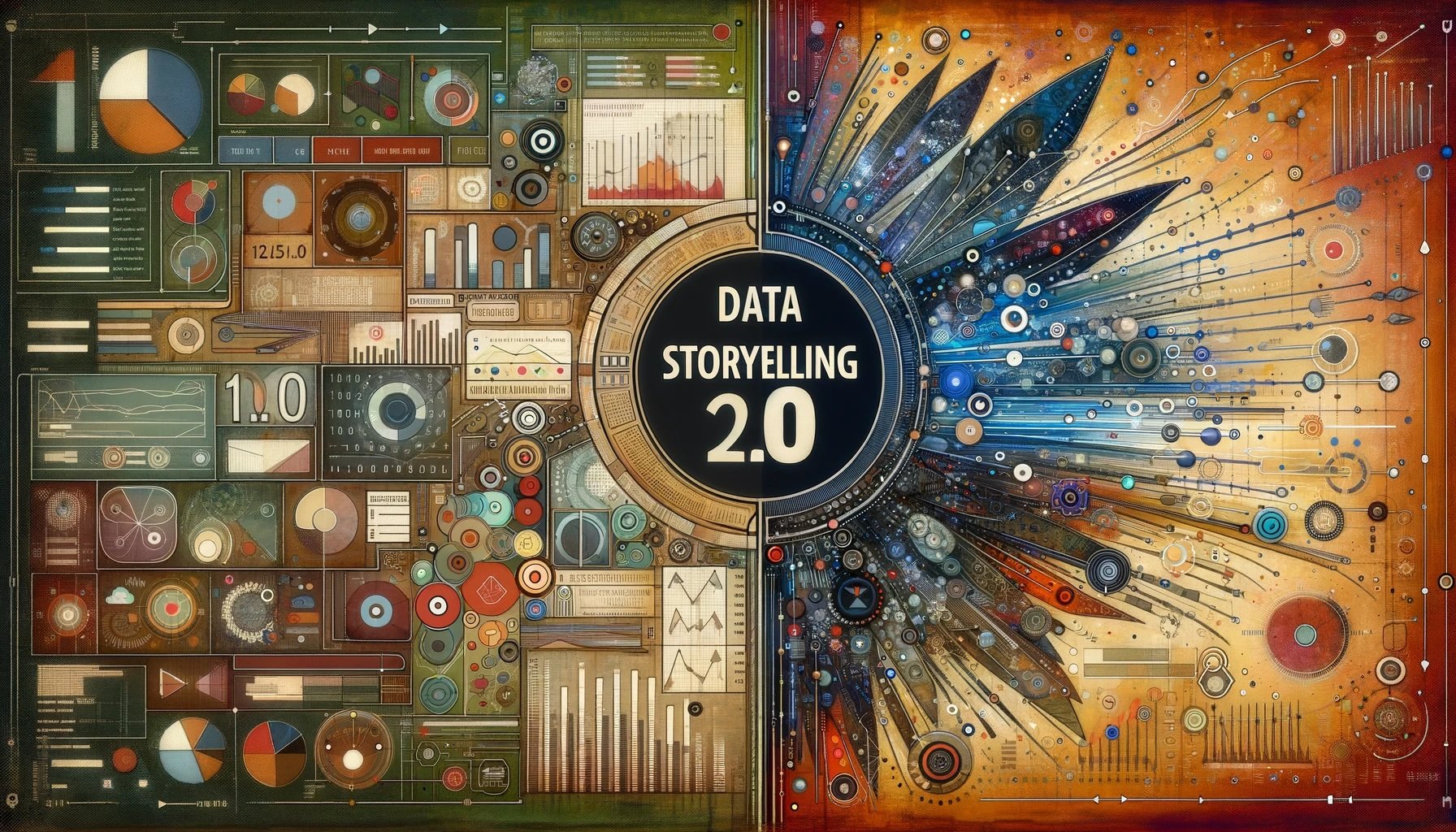The title comes from Ronald Reagan, sometimes known as “The Great Communicator.” If he knew anything, he knew that simplicity was foundational when reaching a broad audience.
That doesn’t stop people from finding ways to overcomplicate their data visualizations. Take this example from The Data Viz Catalogue. It is called a Radial Bar Chart.
Radial Bar Chart
To their credit, The Data Viz Catalogue explains “While they look cool, the problem with Radial Bar Charts is that the bar lengths can be misinterpreted. Each bar on the outside gets relatively longer to the last, even if they represent the same value.”
Radial bars may be the simplest chart option for something, but not when showing trending values. Here, the data is crying out for a simple time-based bar chart.
The urge toward over-complication can be seen even for people who otherwise know better. As a fan of watching the Premier League, I often track match results with this graphic on ESPN.com.
It is two-thirds good. Can you see which part could be simpler?
The table is the best option for comparing multiple metrics with different scales. Showing this as a bar chart would make it look like the fouls is far more important than any other game statistic.
Another simple visualization: The black and red bar combined with big value labels make it obvious who has the most possession.
Here’s where we run into problems — maybe driven by a need to fill-up extra space or desire to add some visual variety. The designer chose this boxes-inside-of-boxes concept to show shots on goal. Most of all, the use of area is misleading. The area of the boxes does not correspond with the associated value. It is actually the length (or height) that represents the shot value. By combining length and height into area, the visual is exaggerating differences. It is also confusing to interpret with the unlabeled two color shades in the boxes.
Here I am, having to explain how to interpret the chart. And I’m losing you.













